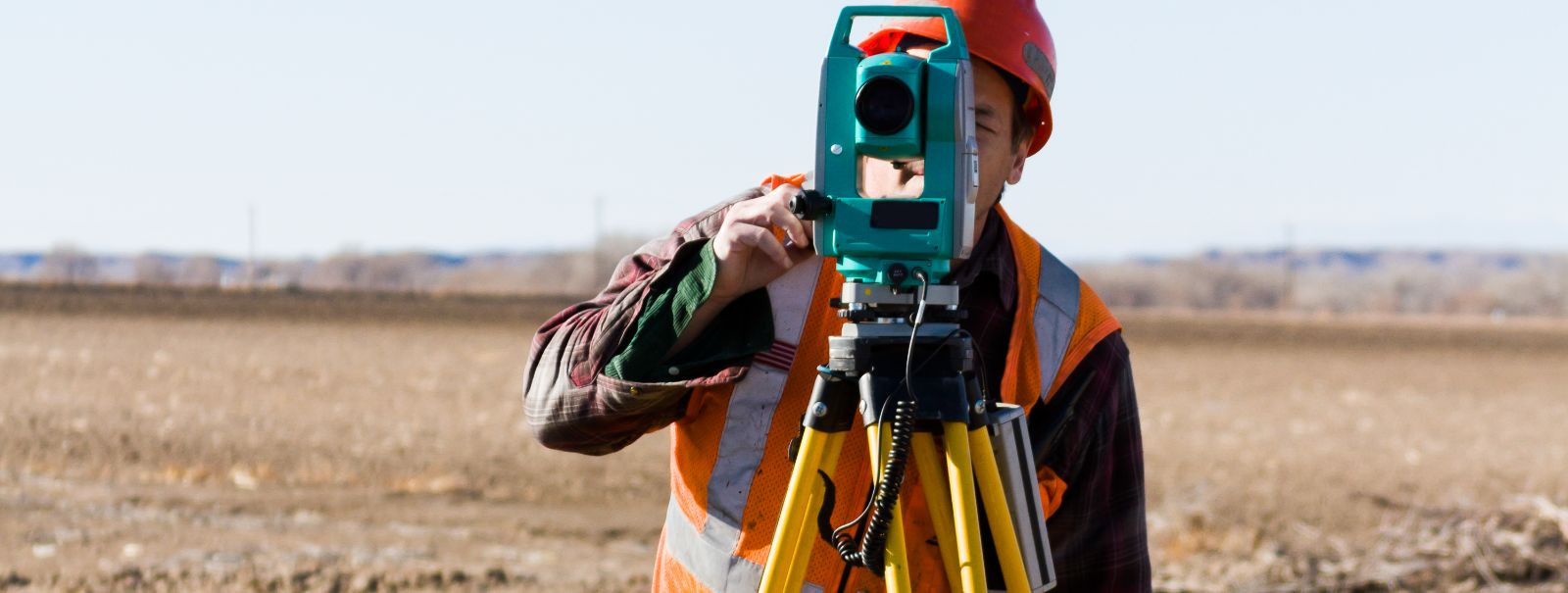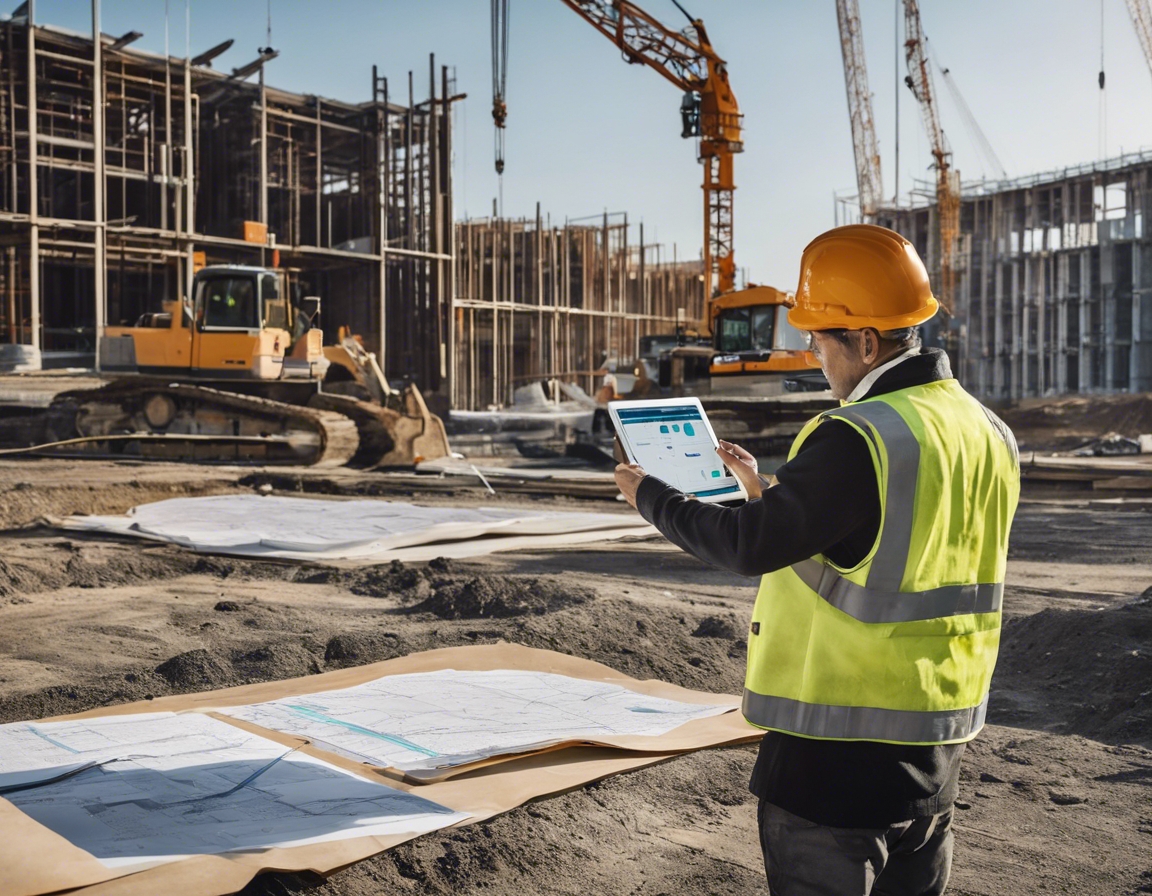The future of construction: how geodesic research is paving the way
Geodesic research is a critical component in the field of construction, providing the foundation for accurate mapping, surveying, and structural design. It involves the study of the Earth's shape and size, which is essential for precise measurements and planning in construction projects. This research is particularly important for ensuring that structures are built to last, are cost-effective, and are integrated seamlessly with their environment.
At its core, geodesic research applies the principles of geometry and physics to measure and divide the Earth's surface. In construction, this means that every angle, distance, and elevation is calculated with the utmost precision, leading to more efficient and reliable building practices. Geodesic domes, for example, are a direct application of these principles, resulting in structures that are both strong and aesthetically pleasing.
Technological Advancements in Geodesic Research
Recent years have seen a surge in geospatial technologies, such as Geographic Information Systems (GIS), Global Positioning Systems (GPS), and remote sensing. These tools have revolutionized the way construction professionals approach geodesic research, allowing for more detailed site analysis and project planning. The ability to capture and analyze large amounts of data quickly and accurately is invaluable in today's fast-paced construction industry.
Building Information Modeling (BIM) has become a game-changer in construction, and its integration with geodesic data is enhancing project outcomes. By combining BIM with precise geodesic measurements, construction teams can create detailed 3D models that reflect real-world conditions. This integration facilitates better decision-making, reduces the risk of errors, and improves overall project efficiency.
The evolution of surveying equipment, from traditional theodolites to advanced laser scanners, has greatly improved the accuracy and speed of geodesic research. Modern techniques, such as drone surveying, provide a bird's-eye view of construction sites, enabling surveyors to gather data from areas that were previously inaccessible or hazardous.
Geodesic Research in Sustainable Construction
Geodesic research plays a pivotal role in creating energy-efficient buildings. The unique shape of geodesic domes, for instance, minimizes surface area and reduces heat loss, leading to significant energy savings. Additionally, the natural light distribution within these structures contributes to a reduction in artificial lighting needs.
Innovative materials and construction methods are being developed to enhance the sustainability of geodesic structures. The use of recycled materials, green building practices, and renewable energy sources are just a few examples of how geodesic research is contributing to a more sustainable future in construction.
Geodesic Research in Disaster-Resilient Construction
Geodesic research is instrumental in designing buildings that can withstand natural disasters. The geometric strength of geodesic forms offers enhanced resistance to extreme weather conditions, such as hurricanes and tornadoes. This research is crucial for constructing safe and durable buildings in disaster-prone areas.
Advancements in geodesic research have led to the development of construction techniques that are specifically tailored to earthquake and flood-prone regions. These innovations include flexible foundations and water-resistant materials that help structures absorb and resist the forces of nature.
Geodesic Research in Urban Planning and Development
As urban areas continue to grow, geodesic research is becoming increasingly important in the planning and development of smart cities. The precise mapping and analysis provided by geodesic methods are essential for optimizing land use, infrastructure, and transportation networks in densely populated areas.
Large-scale infrastructure projects, such as bridges, highways, and tunnels, benefit greatly from geodesic research. The detailed surveys and analyses ensure that these projects are constructed accurately and efficiently, with a reduced risk of costly mistakes and delays.






Comments (0)